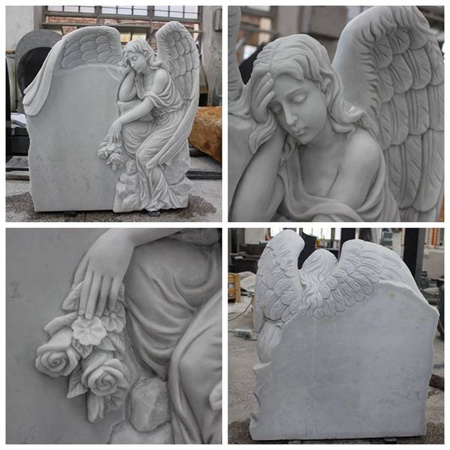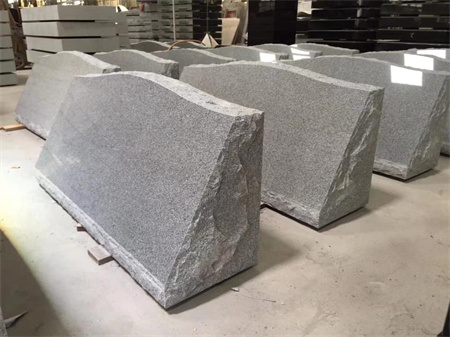Honoring Loved Ones Through Granite Memorial Traditions

Honoring Loved Ones Through Granite Memorial Traditions


For many families, granite memorials serve as a tangible expression of grief, love, and remembrance. The engraving of names, dates, and meaningful messages on the surface of granite allows family members to inscribe a piece of their heart, a gesture that ensures their loved one’s legacy will not be forgotten. These engravings can be simple or intricate, depending on the individual’s preferences and the cultural significance of the memorial. In some traditions, the choice of symbols—whether religious icons, nature motifs, or personal emblems—adds another layer of meaning to the stone.
Over time, these memorials have evolved, incorporating new technologies and artistic techniques. Today, laser engraving allows for highly detailed, custom designs that can capture the essence of a person’s life and personality in ways that were once unimaginable. Whether it’s an image of a favorite place, an animal companion, or a meaningful phrase, these modern techniques offer more than just a name etched in stone. They offer a personalized tribute that resonates deeply with those who visit the site.
But the traditions surrounding granite memorials are not only about the stone itself—they also encompass the rituals and customs associated with honoring loved ones. In many cultures, the act of visiting a grave site is a sacred ritual, a time for reflection, prayer, or simply remembering. The setting around the memorial—whether it’s a quiet park, a family plot, or a grand monument—becomes a space for both personal and communal grieving. Flowers, candles, or personal tokens are often placed on or around the memorial, creating an ongoing connection between the living and the deceased. This practice is as much about honoring the past as it is about creating a space for future generations to come and remember.
Granite memorials also play an important role in helping families cope with loss. The physical presence of a memorial can serve as a focal point during difficult moments, offering a sense of closure or a place to connect with memories. The permanence of granite reassures mourners that their loved one’s memory will endure, providing comfort in the face of grief. For many, knowing that their loved one’s name is engraved in something as lasting as granite can bring a sense of peace amidst the uncertainty of life.

Today, granite continues to be a popular choice not just for cemeteries, but for memorial parks, veterans’ memorials, and even private tributes in gardens or family estates. Some families choose to create memorials in locations that were significant to their loved ones, further personalizing the tribute. Whether in a secluded corner of a family’s property or as part of a public memorial, granite offers an enduring way to honor a person’s life and legacy.
In a world that is constantly changing, where technology and trends seem to come and go, granite stands as a reminder of the lasting impact we can have on one another. It serves as a tribute not just to the deceased, but also to the love and connection shared during their lifetime. Granite memorials are a testament to the fact that love, remembrance, and honor are timeless, and through these traditions, the memory of our loved ones will continue to endure for generations to come.
The act of honoring loved ones through granite memorial traditions is a deeply personal and meaningful process. It goes beyond the physical stone—it’s a way of ensuring that the memory of a life well-lived remains, not just in the hearts of those who loved them, but in a lasting, tangible form. These traditions are a powerful reminder of the strength of love and the enduring nature of memory, providing a space where both grief and gratitude can coexist, side by side.